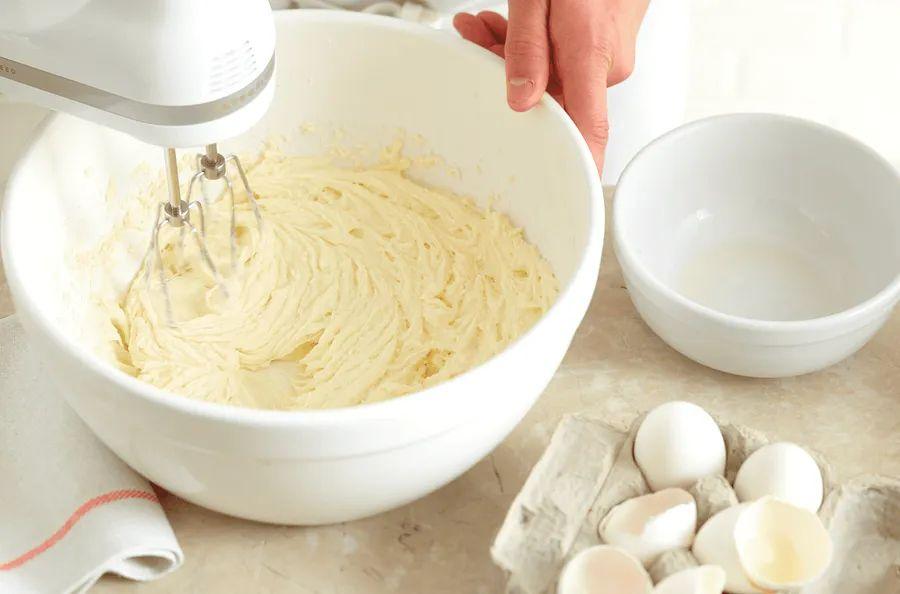How Does Sour Cream Enhance My Baking?

Sour cream frequently pops up in recipes as a must-have ingredient, often touted as the secret to adding richness—especially in cakes. But what exactly makes it so special?
I've noticed that some people find the idea of adding sour cream to desserts a bit strange. I get it, especially if you're not an experienced baker. Let’s explore why it's worth trying.
So, what exactly is sour cream? Simply put, it's cream that's been soured using lactic acid bacteria. This process not only gives it its signature tang but also thickens it into a luxuriously creamy texture.
In baking, sour cream is a powerful combination of acid and fat—making it one of the richest dairy products you can use. This unique blend is what makes it such a valuable ingredient in recipes like pound cake.
Sour cream does more than just add moisture to cakes, muffins, and scones. Let’s dive into what this versatile ingredient really brings to the table, especially when it comes to your baked goods.
Moisture That Counts
The most obvious role of sour cream in baking is its ability to add moisture. But what makes it different from milk or buttermilk?
Consider this: thickness. Sour cream introduces moisture to your batter without watering it down the way a liquid might. This results in a cake with a soft, tender crumb that’s impossibly fine.
Richness Redefined
As noted earlier, sour cream is much richer in fat compared to other common baking dairies like milk and buttermilk. An 8-ounce cup of whole milk or whole buttermilk contains just over 8 grams of fat, while 8 ounces of full-fat sour cream has a staggering 45 grams of fat.
As any cook will tell you, fat equals richness. The higher fat content in sour cream gives your baked goods a smooth, velvety texture. Think of the difference between a slice of angel food cake and a rich sour cream pound cake—both are delicious, but in their own distinct ways.
The Power of Acid
Sour cream's acidity plays a crucial role in the baking process. It helps break down gluten strands, making your final product more tender. You'll often find that recipes with sour cream rely on baking soda for leavening, since the acid in sour cream activates the baking soda, leading to a lighter, fluffier texture. Moreover, this tangy acidity imparts a more complex, subtly tangy flavor to the baked goods.
These are qualities that plain milk just can’t provide.
Sour Cream vs. Buttermilk
Buttermilk shares similar acidity with sour cream (it’s actually a bit more acidic), so it can deliver comparable results. However, it lacks the rich fat content. In certain recipes—like pancakes, cornbread, or biscuits—that's actually a good thing. In these cases, the combination of butter and a leaner dairy ingredient creates a lighter, airier result.
Sour Cream vs. Greek Yogurt
Greek yogurt is often recommended as the closest substitute for sour cream. It makes sense since they have a similar texture, though Greek yogurt typically has less fat (more in line with whole milk or buttermilk). Despite the difference in richness, both sour cream and Greek yogurt provide similar moisture to baked goods. Greek yogurt does contain more casein proteins, which contribute to a lighter, fluffier texture in cakes and quick breads. So, when substituting: Sour cream = dense and rich; Greek yogurt = light and moist.
Sour Cream and Cheesecake
Cheesecake is certainly a different breed compared to bundt cakes or cupcakes, but sour cream has its role here too! When combined with rich cream cheese, sour cream helps to mellow out the texture, making it smoother. It also contributes an extra layer of tangy flavor and moisture, enhancing the overall richness of the cheesecake.

1

2

3

4

5
Evaluation :
5/5